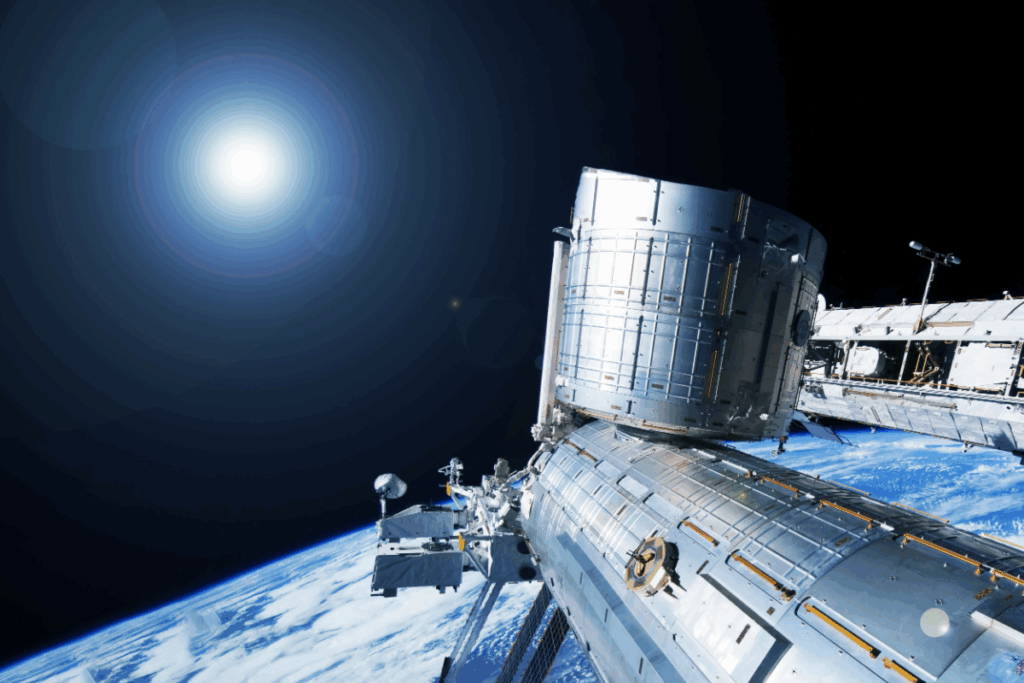Fastest Docking in China’s Space History
China’s Shenzhou 21 spacecraft has successfully docked with the Tiangong space station, completing the maneuver in just three and a half hours — the fastest docking time in the country’s space program to date. The record-setting mission marks another milestone for China’s rapidly advancing presence in orbit, reflecting both its technological progress and growing ambitions in space exploration.
The spacecraft lifted off as scheduled from the Jiuquan Satellite Launch Center in northwestern China late Friday night. According to the China Manned Space Agency, the quick docking shaved about three hours off previous missions, demonstrating improved precision and efficiency in orbital operations.
The three-member crew will spend roughly six months aboard the Tiangong station, conducting a broad range of scientific research and maintenance tasks.
A New Generation of Chinese Astronauts
The Shenzhou 21 crew is led by veteran astronaut Zhang Lu, who previously flew on the Shenzhou 15 mission. Joining him are two newcomers: 32-year-old engineer Wu Fei — now China’s youngest astronaut to enter space — and Zhang Hongzhang, a former researcher in new materials who now serves as a payload specialist.
Before launch, Zhang Lu said the team aimed to transform the Tiangong into a “utopia” through both science and culture, balancing their demanding technical work with tai chi exercises, poetry, and even gardening while in orbit.
The crew is scheduled to conduct 27 experiments spanning biotechnology, aerospace medicine, and materials science. Among the highlights of this mission is an experiment involving four mice — two male and two female — that will live aboard the station for up to a week. Scientists hope to learn how small mammals adapt to microgravity and isolation.
“These studies will help us master key technologies for breeding and monitoring small mammals in space,” said Han Pei, an engineer at the Chinese Academy of Sciences. The mice were chosen from 300 candidates after 60 days of training and are expected to return to Earth aboard the Shenzhou 20 craft.
Strengthening China’s Position in Space
China’s achievements in space have become a key symbol of national pride and global competitiveness. Since launching its first crewed mission in 2003, China has become only the third nation capable of independently sending humans into orbit — after the United States and the former Soviet Union.
Zhang Jingbo, spokesperson for the China Manned Space Agency, reaffirmed the nation’s commitment to landing astronauts on the moon within the next five years. “Our fixed goal of landing a person on the moon by 2030 is firm,” he said during a pre-launch briefing.
The Tiangong, or “Heavenly Palace,” serves as the centerpiece of China’s space ambitions. Built entirely without international assistance after the country was excluded from the U.S.-led International Space Station program, Tiangong now hosts continuous human missions and expanding research projects.
Expanding International Cooperation
For the first time, China is preparing to host foreign astronauts aboard its station. In partnership with Pakistan, the China Manned Space Agency has begun training two Pakistani candidates, with plans to send one of them on a short-term mission as a payload specialist. If approved, it would mark the first visit to Tiangong by a non-Chinese astronaut — a signal that Beijing aims to make its station an international platform for collaboration.
China’s progress comes as other nations, including Japan and India, advance their own space programs. But with missions like Shenzhou 21 — defined by record speed, advanced experimentation, and strategic partnerships — China continues to solidify its position as one of the dominant powers in the new space era.



